
 |
|
#11
|
|||
|
|||
|
I used a transom pour on my sceptre,i cut out the inner skin peeled out all of the old wood ground the glass clean,
glassed the old skin back in and poured it solid.verry solid no voids and 100% water proof but hard on hole saws and drill bits.
__________________
1979 23 SCEPTRE TWIN 150 Opti's/GAUSE BUILT BRACKET |
|
#12
|
|||
|
|||
|
I'll get some pict's up soon. I tried yesterday when I posted but I could not find my seacraft album on the photobucket website. I'll upload some more pict's and get them up.
|
|
#13
|
|||
|
|||
|
Picts of my transom redo. I haven't put any screws in it yet but when I do, I will overdrill then fill with thickened epoxy and then put the screw in the solid epoxy.
      
|
|
#14
|
|||
|
|||
|
I used the Coosa board Bluewater 26 in 1 1/2" thickness.
It is easy to work with, light and 2 years later no problems. I did 1708 over the old 1 layer of mat on the transom, then the Coosa, then 3 layers 1708, then three knees.
__________________
73 23 SF 2004 200 HP Yami OX66 Best boat I owned! 2002 29 Seavee twin 200 yami's |
|
#15
|
|||
|
|||
|
I have started "resurecting" my SeaCrafts sorry transom. The process got jump started by a couple week lag in work, and the fact the gas tank support collapsed on one side, wedging the gas tank against the side of the stringer, and loosening it from the hull.
I noticed when I would hit waves, the boat would pull to the left, a tad. Hull flex/load up on one side was the give away and some unusual "percussion". No stress cracks or anything else visible. The good news is these boats have an unbelievable amount of glass in them. The bad news, I think this boat was built on New Years Day. I have only seen one SeaCraft worse than this "under the covers", and it was a Potter, so you Potter guys don't get all puffed up. I have seen good and bad Potter, CSC, and Trackers. I have NEVER seen a bad Mosely era boat. Anyways, I didn't plan to do this in the middle of the summer in Florida, but I figured the annual summer cold water would shut things down offshore, and I would just gypsy on other boats for a few weeks. Here are a few pictures and questions Here is the classic "before" makeover shot 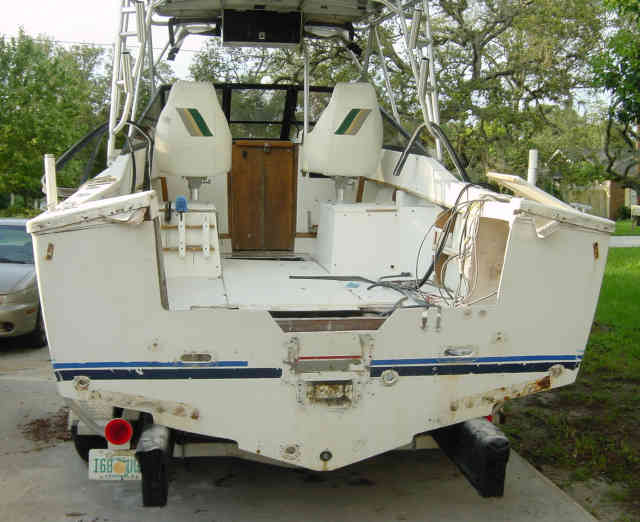 2 days of grinding/chainsaw/prypar/disassemly/etc 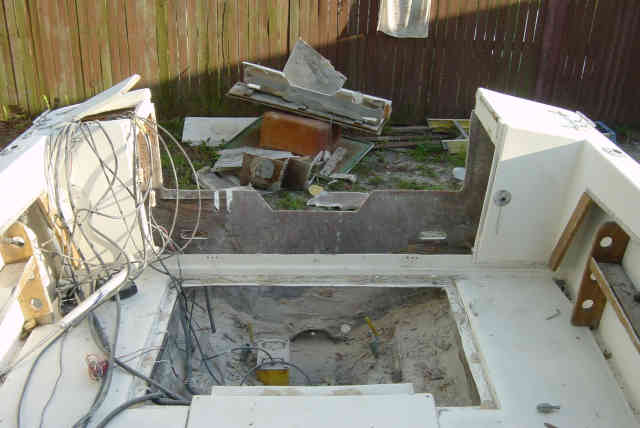 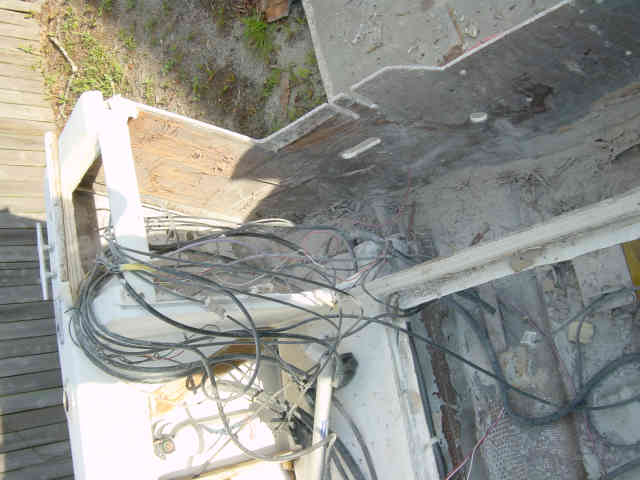 A few questions... As I mentioned, I have to pull the tank and rebuild the platform under it. Capt Obvious pointed out that the tank is wider than the opening in the hatch, by over 1.5 inches. Take a look at the pictures, and let me know what you thing. 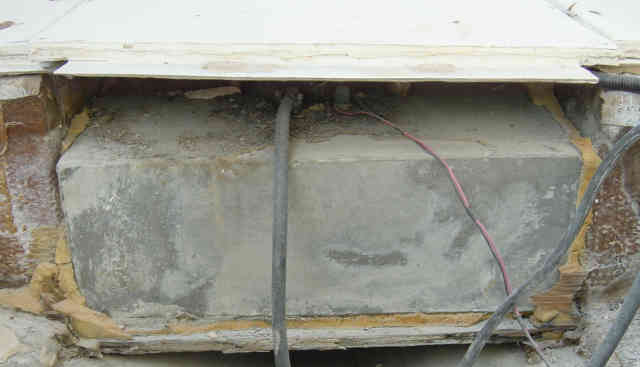 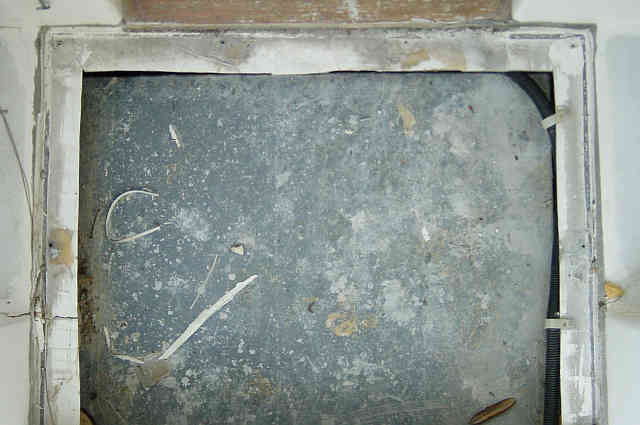 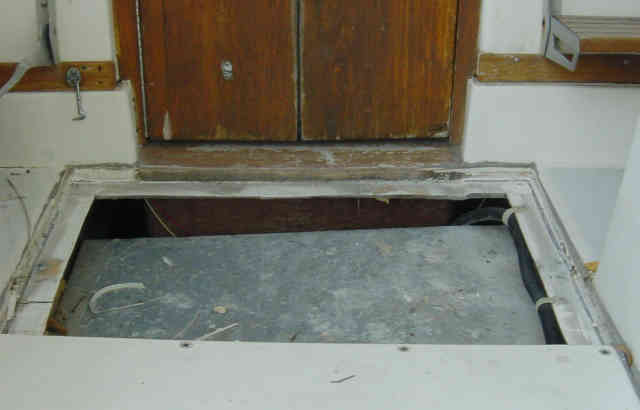 Someone looked at it and said I might be able to rotate the gas tank on its side and lift it out. hmmmmm.... Never had to do that before. I really don't want to take the top, cap, and liner out just to get at the gas tank. If any of you have any "helpful" suggestions, let me know. I am ordering supplies tomorrow, and I am going with all composites. 1 1/4" coring. I am planning on putting the livewell in the transom, closing it up, putting an armstrong full size bracket on it, and putting a fish box in the floor where the live well currently resides. It will look a lot like Capt Chucks transom when all done. |
|
#16
|
|||
|
|||
|
You will have to cut the hatch reciever lip off to remove the tank. It is not possible to "rotate" it.

|
|
#17
|
|||
|
|||
|
Quote:
 . That will be a pita to re-engineer. Maybe I will just cut the transsom down and slide it out the back. I am probably going to replace the tank, and when I do, it will be a couple inches narrower. . That will be a pita to re-engineer. Maybe I will just cut the transsom down and slide it out the back. I am probably going to replace the tank, and when I do, it will be a couple inches narrower.
|
|
#18
|
|||
|
|||
|
Yes they put the tank in before the liner. Is not that hard to pull the tank I just did one. Cut the lip and pull the tank,replace the lip making it only 1" wide,and have the new tank made to fit inside the lip opening.The liner probably doesn't sit on the stringer so this is the time to glass it as well.

|
|
#19
|
|||
|
|||
|
Your right about the liner/stringer relationship. That is something I plan to fix. Sometimes I wonder if the "SeaCraft" ride is partially due to the gap between the liner and the hull. A built in shock absorber. The problem is over time, it causes stress cracks all over the fish boxes and by the cabin.
You have any secrets on how to put the lip back in? |
|
#20
|
|||
|
|||
|
Take a straight 2x4 x whatever you need for length and apply masking tape to edge so glass wont stick. Set in place where you cut off the lip and glass up to it from the stringer. Be sure to grind the stringers first. When it cures trim to a width of 1" and you are good to go.

|
 |
|
|